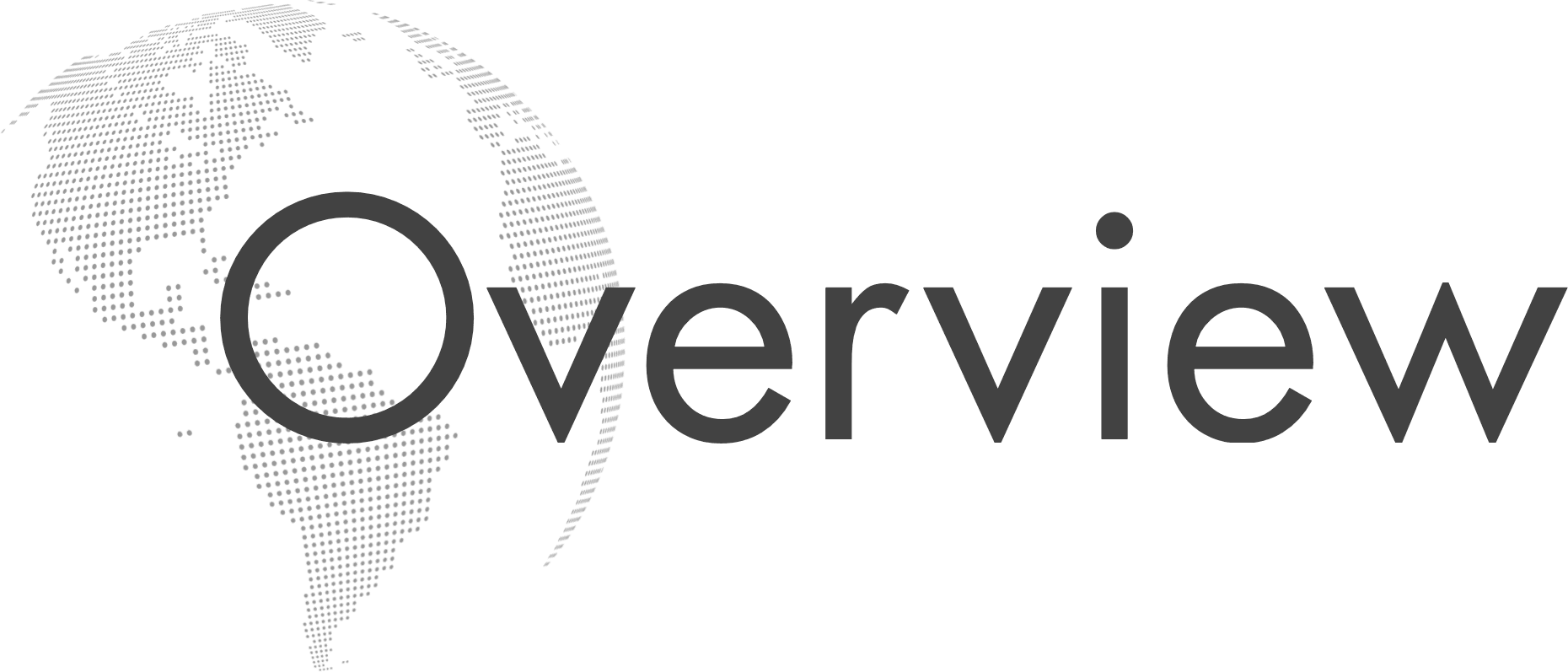The US and EU are close to reaching a trade agreement for 15% tariffs on European imports, similar to the one signed by Donald Trump with Japan.
As reported in a FT report, the Commission could accept the so-called reciprocal tariffs in order to avoid the US president's threat to increase them to 30% from August 1. The agreement with Japan has clarified the terms, said a European diplomat. Most member states are holding their breath and may accept this agreement.
The first information about the agreement
Both sides will lift tariffs on some products, including aircraft, alcoholic beverages and medical devices. The European Commission, which is responsible for EU trade policy, informed member state representatives on Wednesday after talks with its US counterparts.
News of the impending deal boosted the euro, which pared its initial losses and traded steady against the dollar, while US stocks posted further gains, with the S&P 500 index rising 0.6%.
EU exporters have been paying an additional 10% tariff on goods they send to the US since April, while negotiations between Washington and Brussels continue. These tariffs are on top of an existing average tariff of 4.8%. The minimum tariff of 15% will include these already in force, which makes Brussels consider that the agreement simply consolidates the existing regime. Thus, tariffs on cars, currently 27.5%, will be reduced to 15%.
The US-Japan deal prompted Brussels to grudgingly accept higher reciprocal tariffs to avoid a devastating trade war. However, the EU could retaliate if Trump tries to push further or carries out his threat to raise tariffs to 30% from August.
This could include activating the Anti-Coercion Instrument (ACI), the EU's powerful trade weapon. This tool, which has never been used, would give Brussels the ability to exclude American companies from public tenders, and restrict imports and exports.
What is the Anti-Coercion Instrument – ACI?
It is worth noting that the ACI is the EU’s most powerful trade tool and a growing number of member states are pushing for its use in the event of a no-deal. The instrument is designed primarily as a deterrent and is currently not on the negotiating table, and its activation requires a qualified majority of member states to support the move. The ACI would allow the EU to launch a wide range of retaliatory measures, including new taxes on US tech giants, targeted restrictions on US investment and restrictions on access to the EU market.
"We are now approaching the decisive phase of the dispute with the United States over tariffs. We need a fair, credible agreement with low tariffs," German Chancellor Friedrich Merz told reporters in Berlin on Tuesday after meeting with Czech Prime Minister Petr Fiala."Without such an agreement, we risk economic uncertainty at a time when we need exactly the opposite."
The EU is still preparing a possible €93 billion retaliatory package, with tariffs of up to 30%, if no deal is reached by August 1, the sources added. A US official told the FT that the situation remains fluid and could change.

